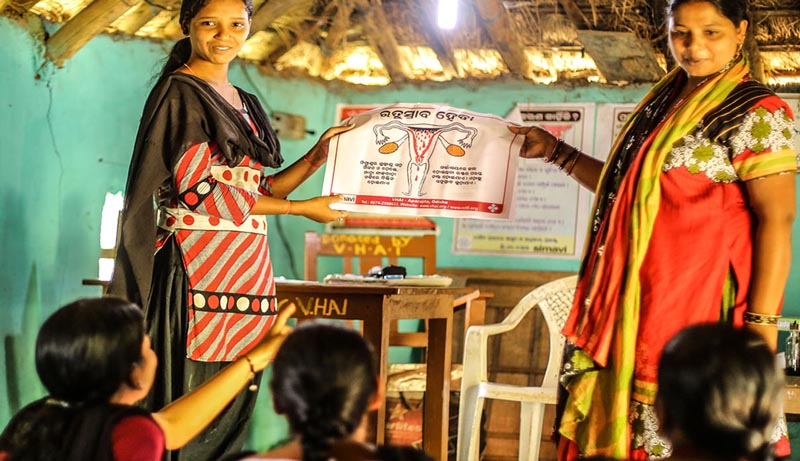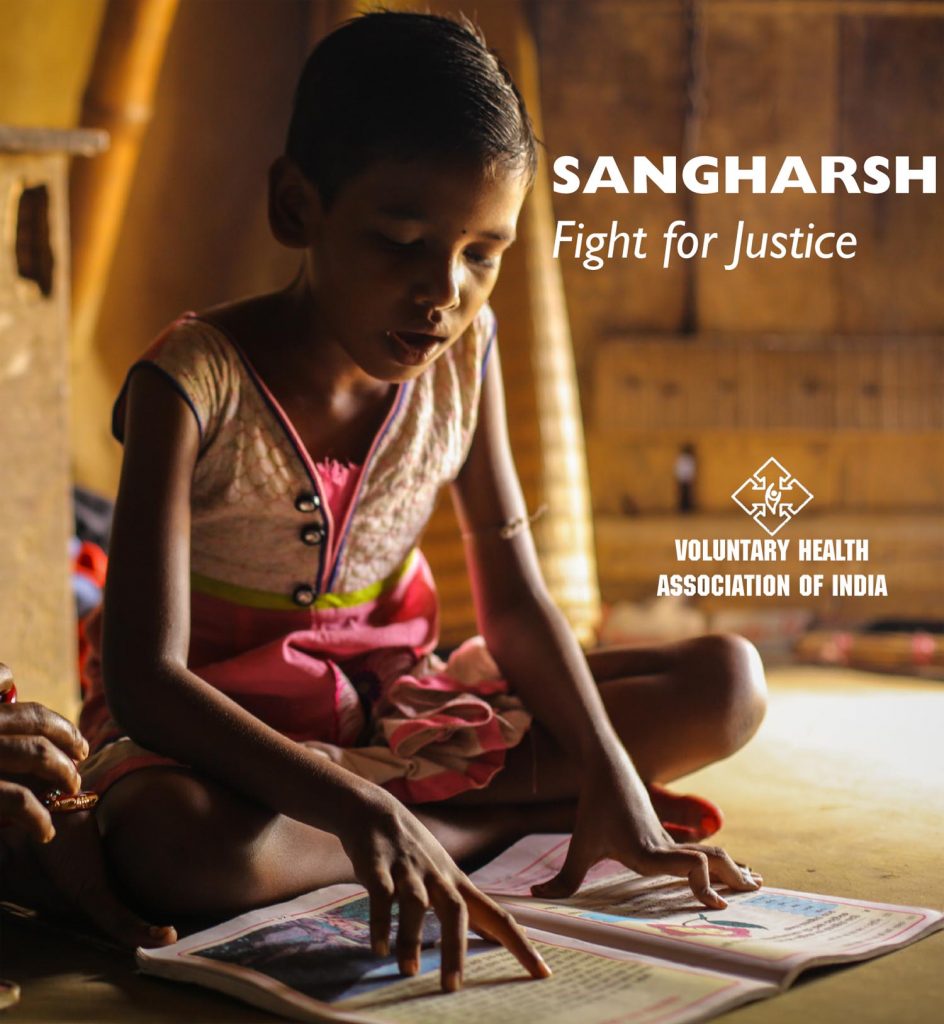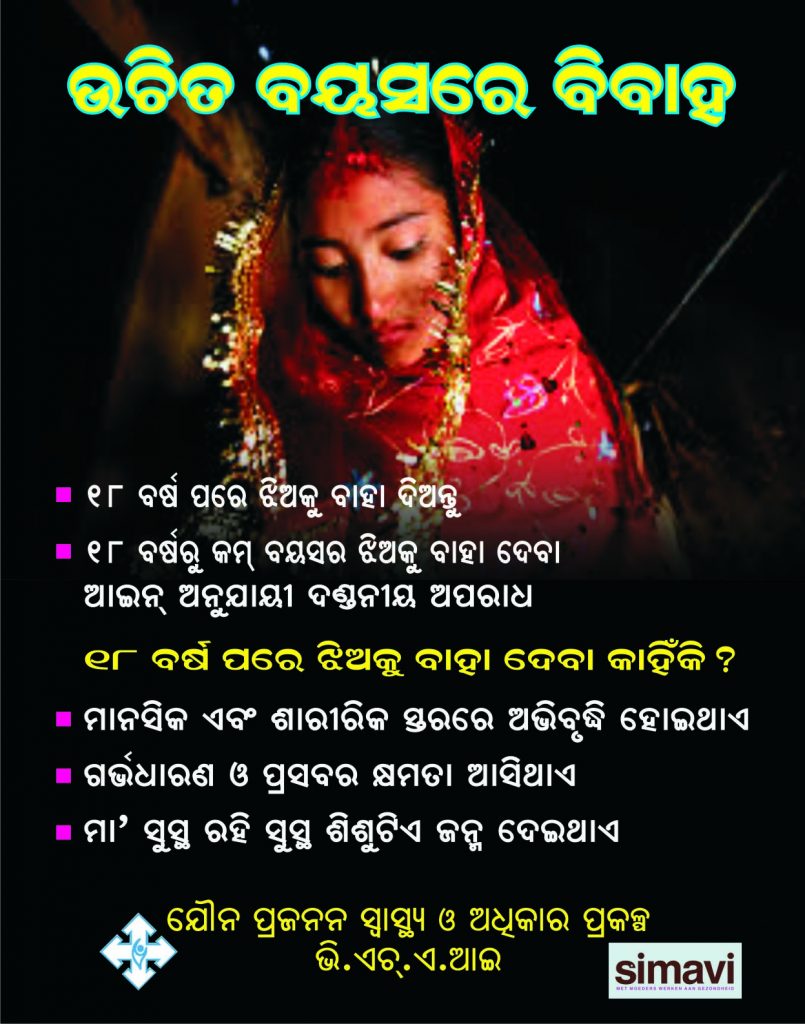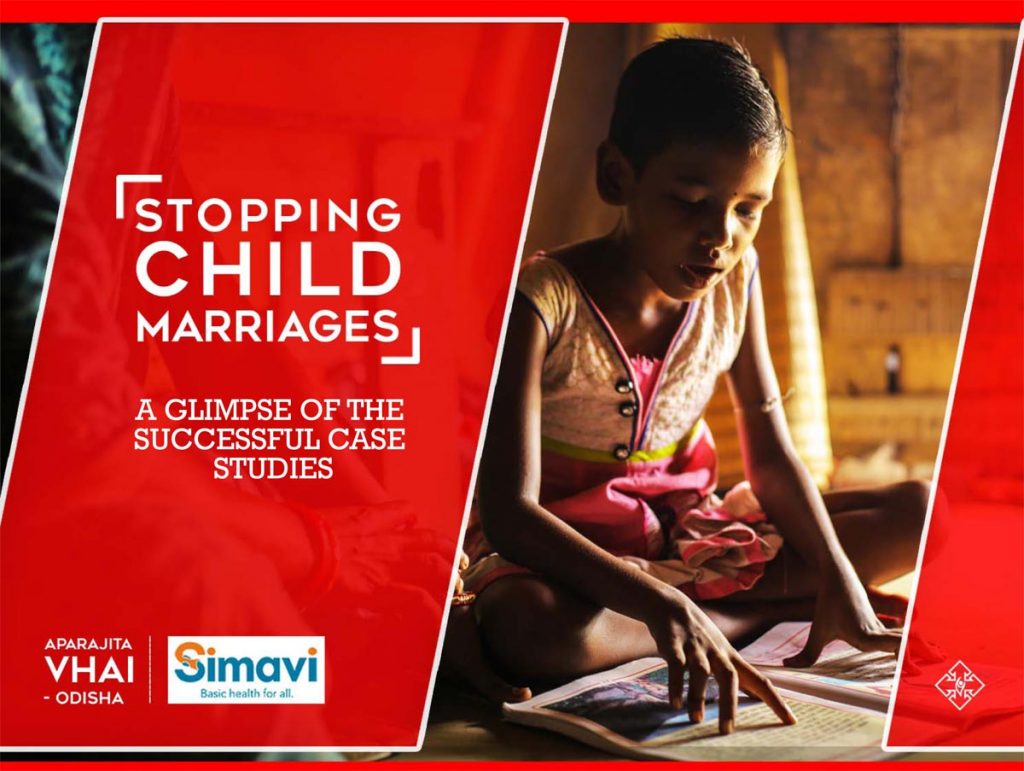
Overview
A comprehensive approach to reduce the incidence of child marriages
The objectives of the programme was to address the issues of early child marriage; convince and support the community to take up marriage as per the prescribed legal age of above 18 years. The programme planned to empower out of school and school adolescents to take decisions, educate and improve the capacity of the frontline health workers, community workers, primary and secondary school teachers on the issue. Focus was given to create awareness and sensitization of parents of adolescent children, community gate keepers, other community influencers and local structures. Emphasis was provided to strengthen the local civil society organizations and motivate them to take up the issues of early marriages.
The programme also developed local community structures with the support of the existing structures to oversee the issues of early marriages. Child Marriage Protection Committee (CMPC) were formed in villages.
The program liaisoned with district health, education, and other relevant departments and stakeholders for desired outcomes. Advocacy initiatives was an integral component of strategy.
Voluntary Health Association of India (VHAI)- Aparajita implemented the UaCM project in 4 blocks of Ganjam District (Kholikote, Chhatrapur, Ganjam and Beguniapada) with support from Simavi, Netherland.
Duration was 2014-2015
- Utilising policy advocacy as a tool
- Creating an enabling environment at the community
- Creating youth friendly spaces
- Media advocacy
- Effective communication strategies- IEC, BCC , rallies and street plays
- Empowering girls with training and counselling
- 5 CASTE PANCHAYATS taken proactive action to prevent CM
- 54 Child Marriages averted
- 3 GRAM PANCHAYATS declared as Child Marriage Free
- 200 sensitized media personals (local and state)
- 84 Child Marriage Protection Committees sensitized and functional
- 20 active youth clubs strengthened in the villages
- Sensitized system level stakeholder (government officials from department of Health, Youth Affairs, WCD etc)
- 3000+ sensitized peer educators
- Over 500+ adolescents taking leadership on SRHR issues
- 600+ woman community leaders trained and sensitized
- 800+ PRI members trained and sensitized
- 300+ adolescent clubs in 150 villages
- Over 40 NGOs sensitized and trained on the issue of CM (state and district)
- Pilot in 4 schools to include CM awareness through health promotion
- Development of a documentary film in the movie, which is used for policy advocacy at the state and centre
Current Initiatives
Our UACM first phase is over and we are planning to scale up in the next few months. The suggested programme would hopefully include a component of education, livelihood, social action and legal advocacy. The intervention would be five years.



